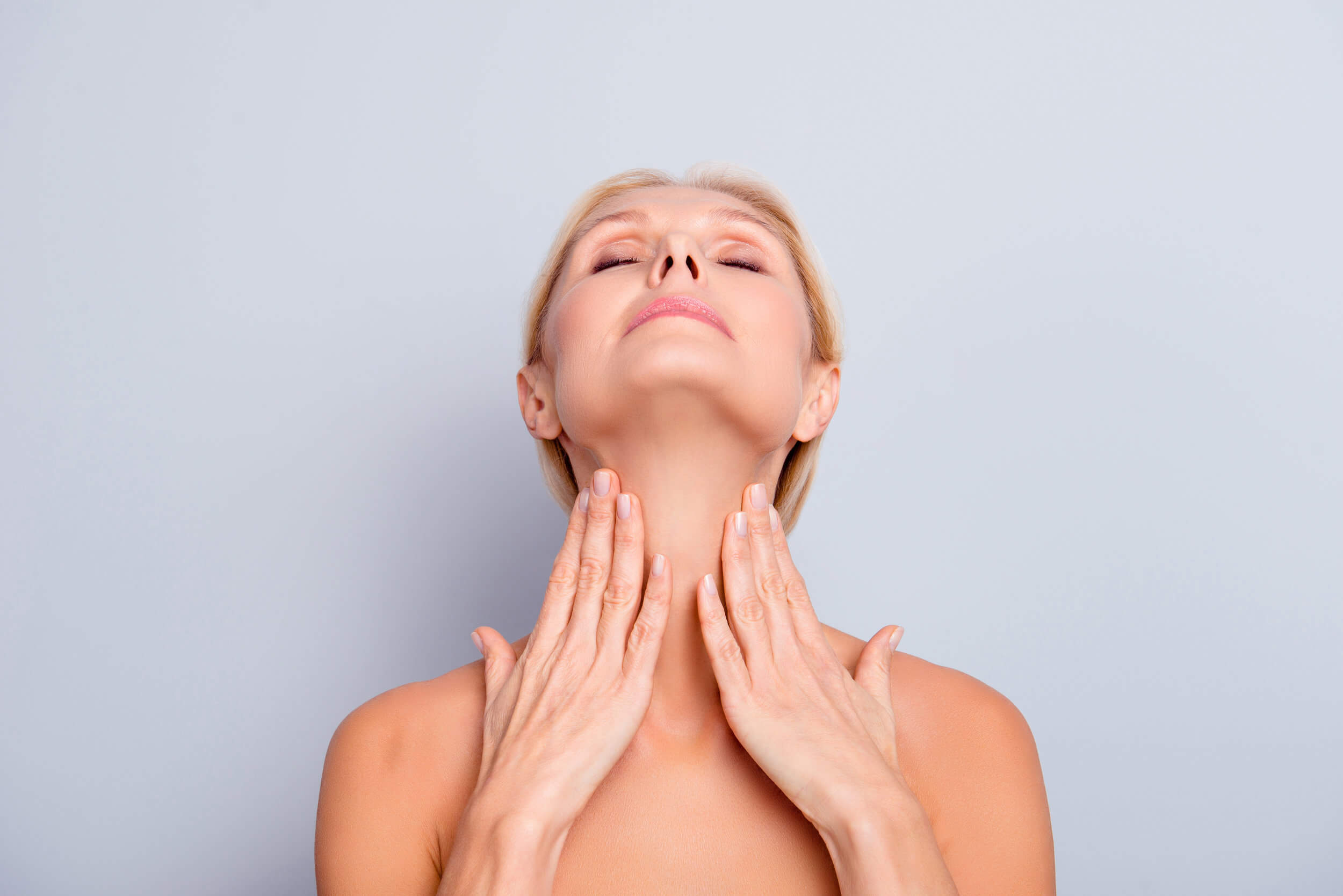SLOW DOWN AGEING WITH THESE SIMPLE STEPS
To minimise premature ageing, we must first understand why we age. There are internal and external factors which can affect skin ageing. Internal factors are related to your genetics and how you will gradually age overtime. This is the natural biological ageing process. External factors are environmental factors which can damage skin health and cause premature ageing. There are measures that we can take to try to reduce the harmful effects of environmental ageing.
Internal ageing
Internal ageing is the chronological ageing that is determined by your genes. It occurs at different speeds in different individuals, populations, ethnicities and even at different sites of the body. Signs of internal ageing include fine lines, thinning skin and small textural changes. As we get older, the body cannot repair its skin cells as well as it used too. Also, it breaks down and produces less skin collagen and elastin. This is the natural ageing pathway.
The good news is our genes are only thought to contribute to 3% of the visible signs of ageing(1). So what causes the rest of it?
Environmental ageing
Environmental ageing is due to external, environmental pressures such as exposure to ultraviolet radiation (UVR) also known as sunlight, cigarette smoking, air pollution and sleep deprivation. About 80% of the visible signs of ageing are caused by environmental factors.
The most damaging environmental factor to the skin is UVR. Skin damage occurs due to chronic exposure to the sun’s harmful rays and accounts for 80% of the damage caused by environmental factors. UVR can simply be split into UVA and UVB. UVA can penetrate clothing, glass and deep down into the skin to cause skin damage. Within a few hours of exposure, UVR can damage collagen, elastin, and hydration components in the skin. Sun damage causes changes to skin structure, hydration, and skin pigmentation.
What does sun damaged skin look like?
- coarse, leathery skin
- dark patches on skin or hyperpigmentation
- rough skin texture
- deep wrinkles and skin folds
- prominent red lines (blood vessels) on the skin known as telangiectasia
Other environmental factors known to contribute to skin ageing are smoking, sleep deprivation and air pollution. Smoking hinders the blood supply to the skin causing a reduction in essential nutrients reaching the skin(2). In addition to this, the repeated action of inhaling a cigarette through pursed lips can also make the wrinkles around the mouth more prominent – this is why they are nicknamed smokers lines.
How can you minimise the damage caused to the skin by the environment?
- Wear a broad spectrum sunscreen ALL year round: a high factor SPF with comprehensive coverage such as UVA, UVB and high energy visible light. These can be brought from pharmacies and skin clinics.
- Quit smoking: this will have a multitude of health benefits as well as making your skin look better!
- Get more sleep: sleep is important for the growth and renewal of all body systems, including the skin. Chronic poor sleep is associated with increased skin ageing and a reduction in the skins ability to act as a protective barrier from the environment.(3)
Signs of ageing cannot be completely eliminated, and they shouldn’t be. It’s a naturally occurring process. However, we use anti-ageing cosmetic treatments to minimise and slow some of the features of ageing to help you look and feel the best version of yourself. This includes treatments such as anti-wrinkle treatment, soft tissue fillers, and skin treatments. More information on anti ageing treatments can be found here.
References
1. Poljšak, B., Dahmane, R.G. and Godić, A., 2012. Intrinsic skin aging: the role of oxidative stress. Acta Dermatovenerol Alp Pannonica Adriat, 21(2), pp.33-6.
2. Cetto R (2017) Environmental influences of cutaneous ageing. Aesthetics journal, 4 (8), pp. 26-28.
3. Oyetakin‐White, P., Suggs, A., Koo, B., Matsui, M.S., Yarosh, D., Cooper, K.D. and Baron, E.D., 2015. Does poor sleep quality affect skin ageing?. Clinical and experimental dermatology, 40(1), pp.17-22.



